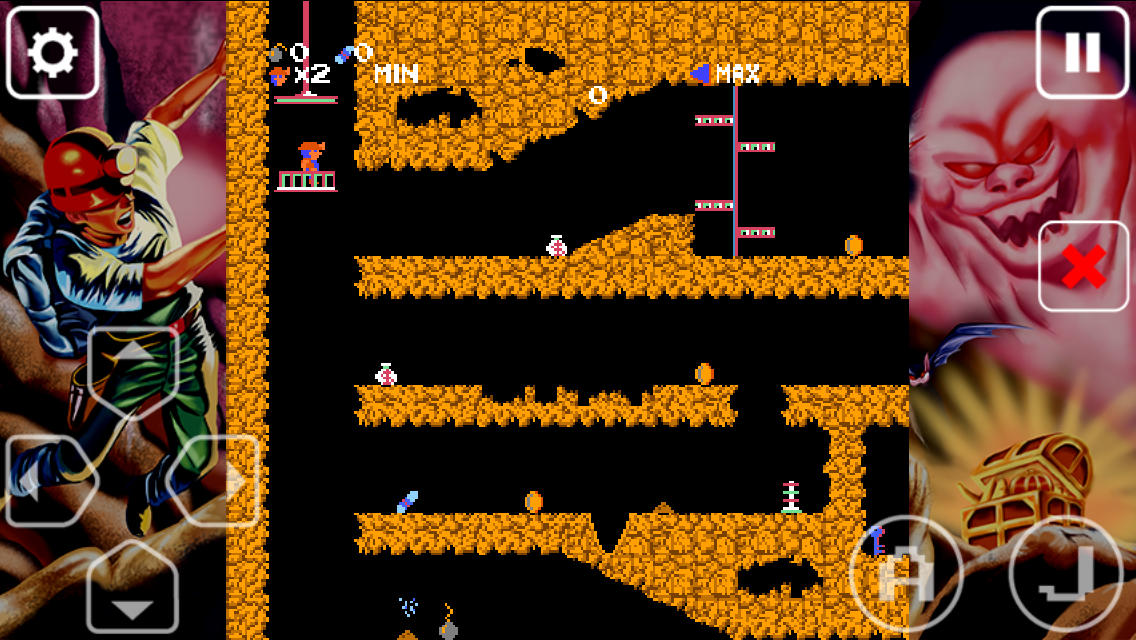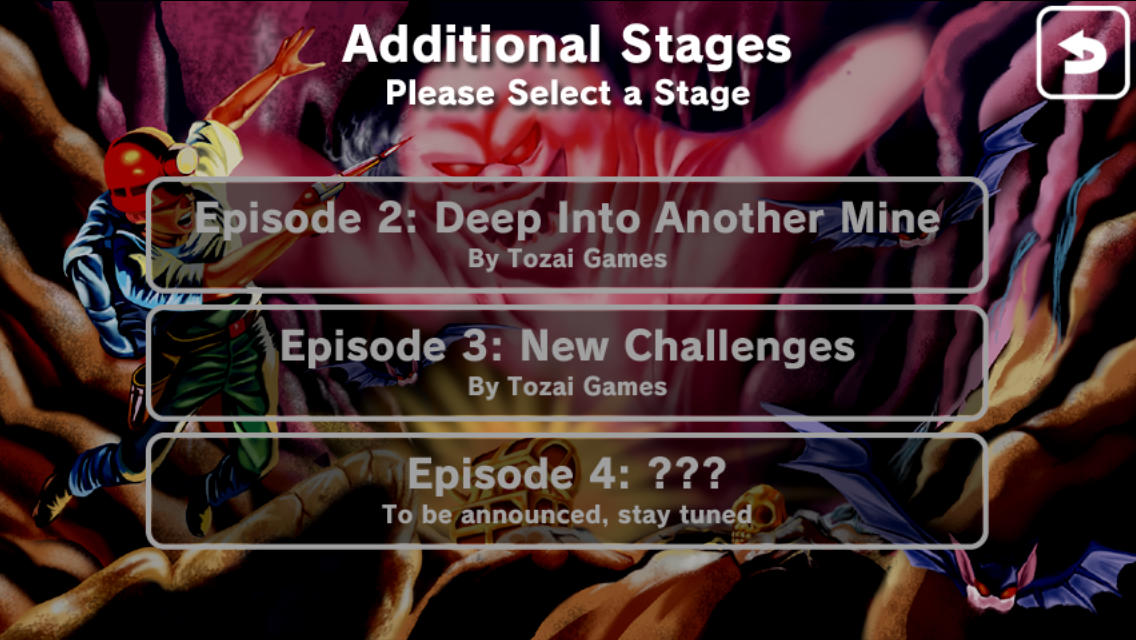 Spelunker was released in 1983 — before I was even born. With the simple premise of “explore a giant cave" and arcade-like gameplay, Spelunker won the hearts of many, and destroyed the gaming aspirations of many more. In a word, the game was difficult, and is often infamously referred to as one of the hardest games of all time. Everyday Spelunker ($3.99) may faithfully re-create the magic of the retro original, but unless you’re a die-hard fan, you’ll probably want to avoid this excursion.
Spelunker was released in 1983 — before I was even born. With the simple premise of “explore a giant cave" and arcade-like gameplay, Spelunker won the hearts of many, and destroyed the gaming aspirations of many more. In a word, the game was difficult, and is often infamously referred to as one of the hardest games of all time. Everyday Spelunker ($3.99) may faithfully re-create the magic of the retro original, but unless you’re a die-hard fan, you’ll probably want to avoid this excursion.
Essentially, the game is a platformer, where the main character is particularly limited. He can place bombs (that only work on certain surfaces), he can shoot a flare gun upwards (which basically only functions to kill certain enemies), and jump. And really, he’s not very good at any of the aforementioned skills. In fact, he really sucks at them. The core explanation for why Spelunker is so hard is simple — literally everything kills you. If you fall off a ledge, even by a tiny amount, you’ll die. If a bat poops on you, you’re dead. If you fall into a little crack that looks like it’s no taller than half your body, you’re dead (maybe the fluff here is that you twist your ankle, and slowly starve to death in the cave). If you — well, you get the point, as everything is out to get you.

That’s not even including the hazards, like holes that spawn out of nowhere, inescapable areas, and gauntlets that require you to grab an item, and go all the way back through a deadly funhouse to deliver the goods.The point of Spelunker is to get to the bottom of the level and collect the treasure within. The thing is, most people will never see that treasure. For many people, Spelunker is simply something to be experienced — to get as far as possible until you give up. I’ve had many discussions with people who have played the game extensively, and almost none of them have actually beaten the game, so the mystery and challenge is actually part of the allure of the package.
It wouldn’t be so bad if the controls were more precise, but they’re not. While the virtual buttons for jumping and attacking work well as they are fairly spaced apart, the d-pad is another story. Often times I found myself pressing a direction button when I really needed to get out of the way, only to find it unresponsive. For a game that requires pinpoint precision, it would be nice to have a fully customizable set of controls. In fact, this would be a prime candidate for iOS 7 controller support once those start rolling out en masse.
There’s also the issue of the gameplay being dated. While Spelunker was no doubt a pioneer in its time, and highly influential in terms of how far developers could go to challenge the player, it falls a bit flat today, and feels more like fake difficulty designed to make you play over and over rather than fair. Thankfully, this version is equipped with an infinite continue system to help you out — so if you used to play Spelunker and could never get anywhere, this might be what you’ve been waiting for. There’s also a rope assist option that allows you to magnetize when climbing, so you don’t fall as much. But you’d also have to keep in mind that even with unlimited replays and an assist, you might not even be able to progress past specific checkpoints due to a skill wall.

Then there are the IAPs. While you get the core game included with your purchase, you have to pay extra for new levels via the IAP process. Considering the price is a bit high to begin with for such a niche game, it’s odd to see someone charge for the privilege of playing extra stages. There is one extra, with the ability to change the wallpaper, but that’s not really anything ssubstantial.
Everyday Spelunker is best enjoyed by retro enthusiasts who either never caught the game in a previous incarnation, or those who want to relive their fondest memories of the franchise on the go. The game is decidedly dated for numerous reasons, and although the game was a trailblazer for its time, the touch screen controls don’t really lend themselves very well to a precision platformer.